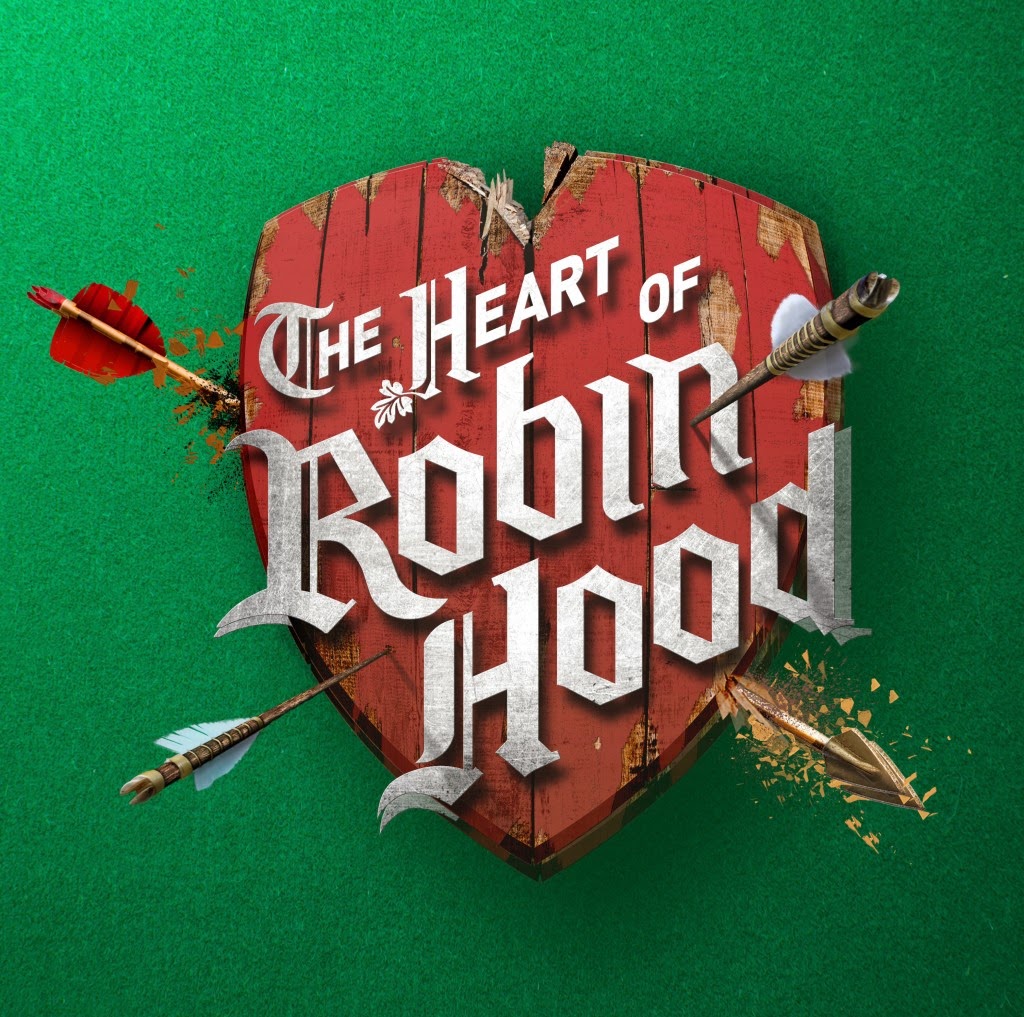I happened to attend on Opening Night, something I've never done before. It was as a result of that evening being a convenient date more than wanting to go to the opening. Being prevented from entering the theatre until about 15 mins before the show was suppose to start didn't make for a comfortable start to the evening. The waiting area by the mezzanine doors was packed and hot. Finally we got inside and a look at the stage. There was no curtain (perhaps the reason for the delay since no warm ups etc. could be hidden from the audience) and what looked like a rather short stage area before the grass slopped up into a very steep hill disappearing into the fly space. There was a band playing onstage with lots of energy, and a small pond completed the set.
When the performance started the purpose of the hill became clear, the actors and musicians slid down it, and effortlessly hopped to their feet at the bottom! The stage didn't look very wide and thankfully they always stopped short of the audience (perhaps the material changed adding a bit of a brake). I imagine it would be quite a visual from the front row seeing these people speeding down a hill towards you. A few actors also climbed back up the hill using hidden hand and foot holds.
 |
| The Set with the hill open (http://www.bostonglobe.com) |
Starting in the forest, we meet Robin Hood (played by Gabriel Ebert) and his merry men, who steal from the rich for themselves and have a pact that no woman ever be allowed to join their group. Setting up a dramatic irony problem right there.
Meanwhile at the castle (which was created by cantilevered platforms folding out of the hill),
 |
| Izzie Steele as Marion (http://www.broadwayworld.com) |
Marion is enticed back to the castle to prevent the execution of two children by marrying John. Robin goes to rescue her and the fairy tale has a happy ending. His switch in opinion of women happens awfully quickly though.
Several characters, including Marion's sister in a nice dress, end up completely drenched in the pond. I'm sure the costumers are thrilled at having to deal with that each day. There are some oddities. It's not really a musical, Robin refuses to sing regularly, and I couldn't understand most of what the musicians were singing, so I have no idea if it was relevant or not. Parts are gruesome. I get that John is evil but I don't need to see him extract a guys tongue on stage to have the point emphasized.
 |
| Robin/Marion in flight |
Things happen in the air, I'm not sure I'd really call it aerial work as most involves people just hanging there. The duet with Robin and Marion isn't very interesting. One of the funniest sort of aerial moments was Little John (Jeremy Crawford) held aloft in a basket using a henchmen that they'd killed as a puppet so John would think he was still alive.
 |
| Robin and Martin (http://www.theglobeandmail.com) |























